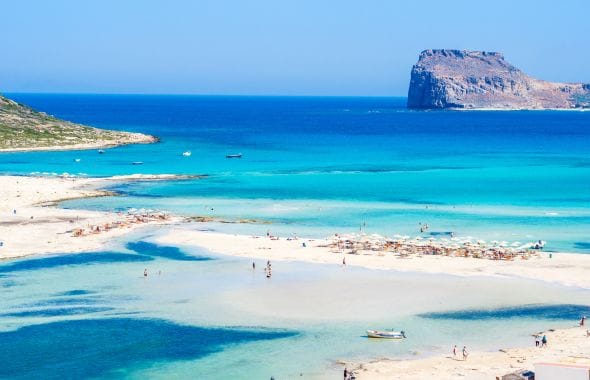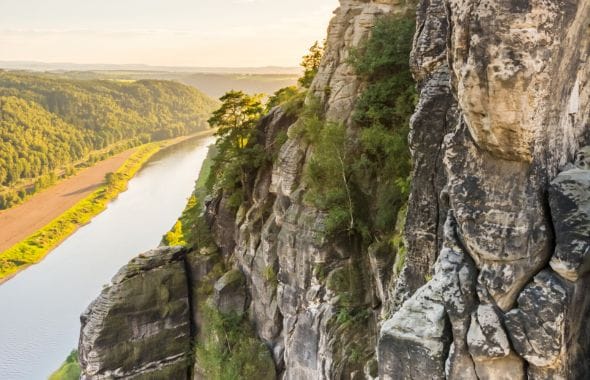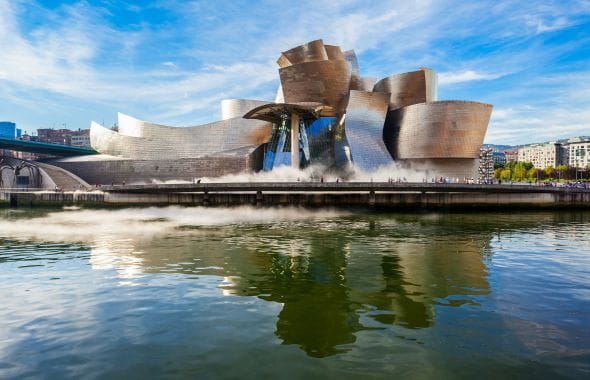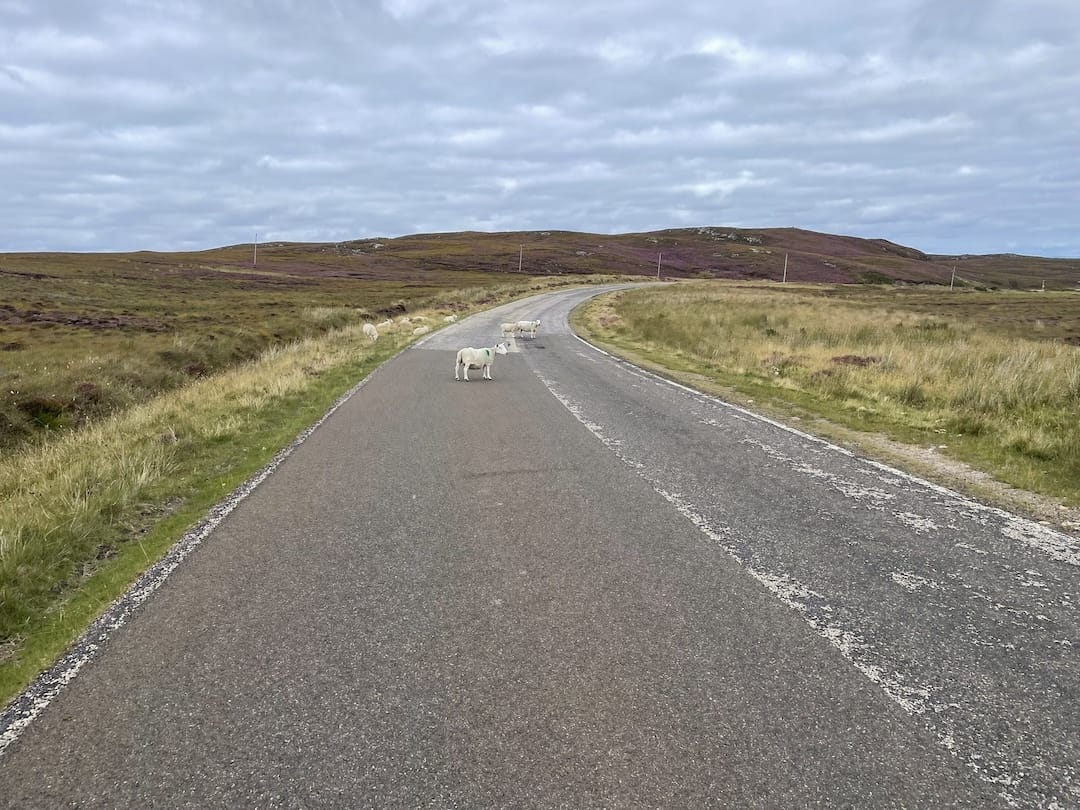
Exploring the North Coast 500 by Public Transport
The north coast of Scotland is one of the most beautiful parts of the UK, with its wild beaches, dramatic cliffs, and peaceful villages. Many people come here to enjoy the scenery, spot wildlife, and experience Highland hospitality. The area is rich in history, culture, and natural beauty. Whether you enjoy hiking, birdwatching, or simply relaxing in peaceful surroundings, you will find it here.
In recent years, the area has become more popular thanks to the advertising and promotion of the North Coast 500 – encouraging people to drive the coastal circuit around the far north of Scotland, starting and ending in Inverness. It has brought many new visitors, but it has also created some problems. Fortunately, there is another way to enjoy the north coast, and that is by using public transport.
The Impact of the North Coast 500
Since the North Coast 500 launched in 2015, tourism in the area has grown quickly. Many businesses have seen a boost, with more visitors staying in hotels, eating out, and booking activities. This has helped the local economy and created new jobs.
However, the route has also caused issues. The roads in the north are narrow and were not built for so much traffic. In the summer, some areas become very busy. There have been problems with speeding, littering, and parking. Some visitors are not used to driving on single-track roads, which can lead to accidents or damage.
While the North Coast 500 has brought many good things, it has also shown the need for more thoughtful and sustainable ways to travel.
How to Travel the Route by Public Transport
It is possible to explore much of the north coast without a car. You can use trains and buses to get around, and travelling this way can be part of the adventure. Travel by public transport is a style of slow tourism which takes local communities into account, making the travel a social part of the journey through providing opportunities for contact with residents and, at the same time, giving opportunity both to enjoy the views on many scenic routes and also to be active in selecting what to see and do.
It is also about reducing travellers’ carbon footprint by avoiding travelling in low occupancy vehicles.
Here is a suggested 12-day itinerary which allows time to explore some of the place along the route, as well as taking into account the restricted timetables of some of the options.
You can make your way to the start point of Inverness by direct train from Glasgow, Edinburgh, Perth, Aberdeen and London Kings Cross, with connecting services from most other parts of the UK.
Day 1 (Thursday): Inverness to Wick
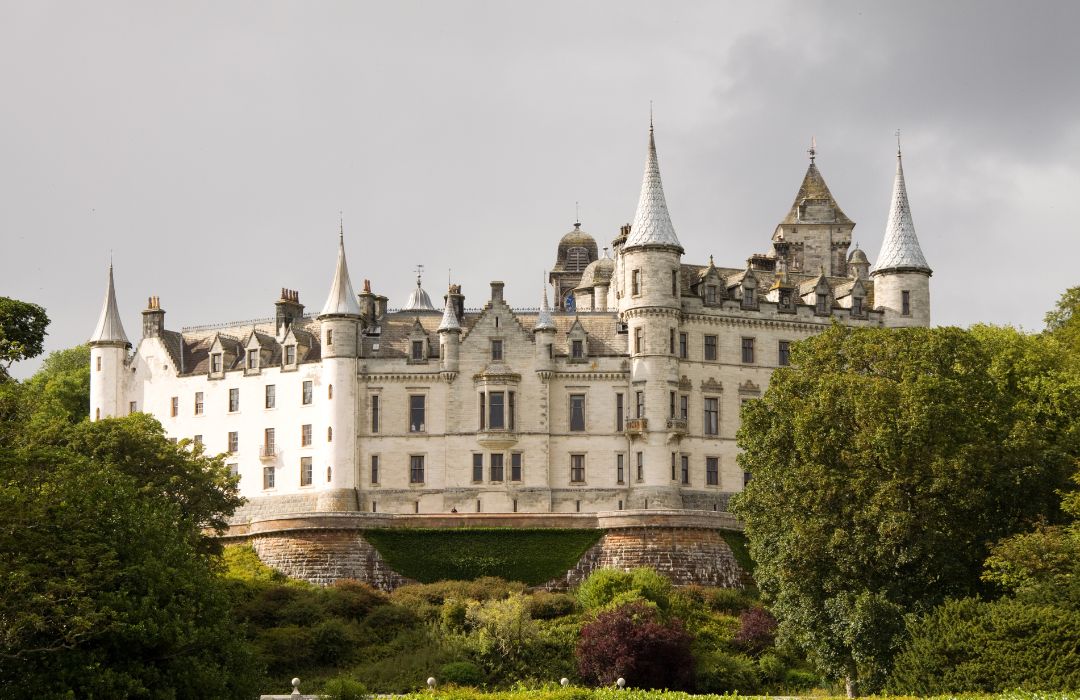
Two bus companies run buses along the A9 from Inverness to Wick:
Ember travels from Inverness to Wick in 3 hours, with three departures per day including Sunday. Ember is an electric bus company with frequent departures to many places across Scotland.
Stagecoach X99 travels on the same route with three departures a day Mon-Fri, two on Saturday and one on Sunday evening.
There are plenty of options for stops along the way. If you don’t want to miss Dunrobin castle, alight at Golspie. There are wonderful beaches at Embo and the town of Dornoch is delightful.
Day 2 (Friday): Wick to Thurso via John o Groats
Stagecoach 80 travels from Wick to John o' Groats in 30 mins. Departures are twice a day but not on weekends, 0843 or 1243.
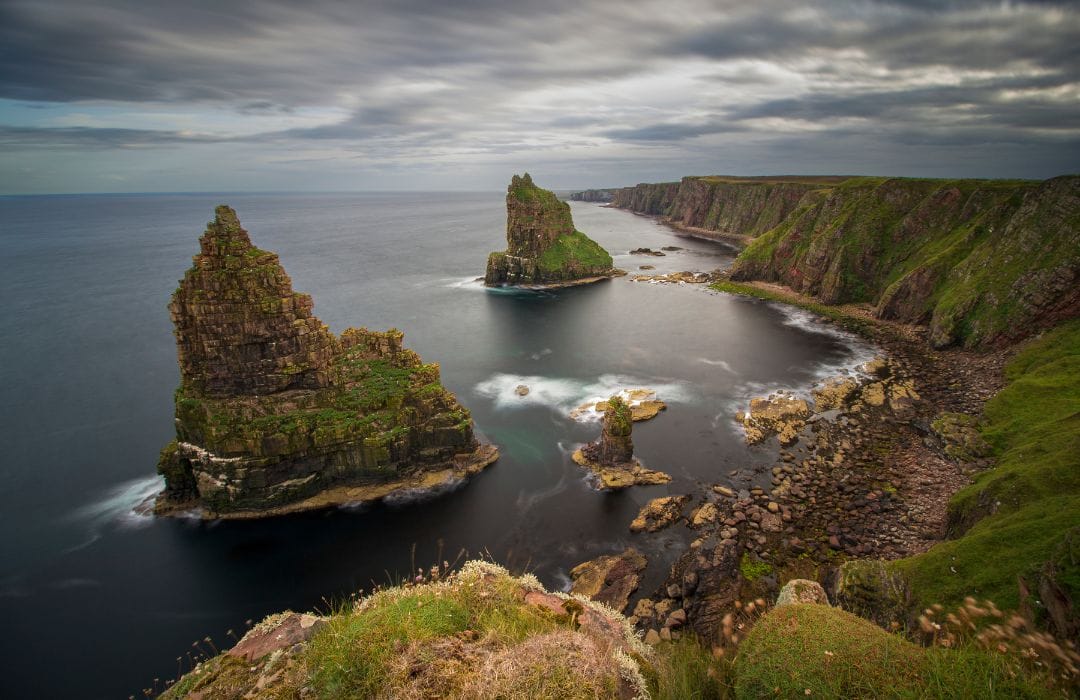
Spend some time at the top right-hand corner of mainland Britain: take a walk to Duncansby Head, enjoy a pint in the John o' Groats brewery, or have lunch in one of the food outlets.
You can then travel from John o Groats to Thurso on the number 80 bus at 1020 or 1650.
Day 3 (Saturday) Thurso-Durness
The Far North bus, number 803, goes from Thurso to Durness on Saturdays only, at 1430.
The stretch between Thurso and Durness, almost the full length of the Scottish north coast, takes in some of the most spectacular scenery the Highlands has to offer. Distant peaks contrast with golden sand bays, and sweeping hills are constantly accompanied by epic sea views.

Day 4 (Sunday) Cape Wrath
The Cape Wrath ferry takes passengers across the Kyle of Durness to the windswept and wild Cape Wrath peninsula, where a minibus travels the 12 miles across a rough track to the lighthouse. This is the top left-hand corner of mainland Britain, inaccessible by road.

It's not strictly part of the NC500, but it's a detour well worth taking.
In bad weather the ferry won't run, in which case spend a day exploring the landscape around Durness, including Smoo Cave.
Day 5 (Monday) Durness-Scourie-Kylesku
The Far North bus number 805 travels along the NC500 route as far as Scourie, departing Smoo Cave at 0800 (then continues across the central Highlands towards Inverness).
From Scourie you meet the first stretch where there is no public transport option, as far as Drumbeg.
If you want to stick to buses, a combination of services can take you to Ullapool via inland routes.
If you'd like to stick to the NC500 route, the following options are available:
- walk
- hitchhike
- taxi
If you are able and keen to walk, the 21 miles to Drumbeg (from where you can catch a bus) can be split into two sections. You could journey as far as Kylesku (10 miles) where there are hotels, on the same day as your bus journey from Durness. The following day you could walk the remaining 11 miles to Drumbeg, and stay there overnight.
Be careful as the road is narrow in sections, with occasional traffic. It is also hilly, so requires a good level of fitness, especially if you are carrying bags.
If you choose to hitchhike, there's some advice here. It can be a fantastic option, but do be aware of the risks.
If you wish to hire a taxi, you might find some options here.
Day 6 (Tuesday) Kylesku-Drumbeg
The 11 miles from Kylesku to Drumbeg is walkable in a day. The Drumbeg road is a bit of a rollercoaster, so brings a challenge, but is extremely rewarding in how beautiful it is!
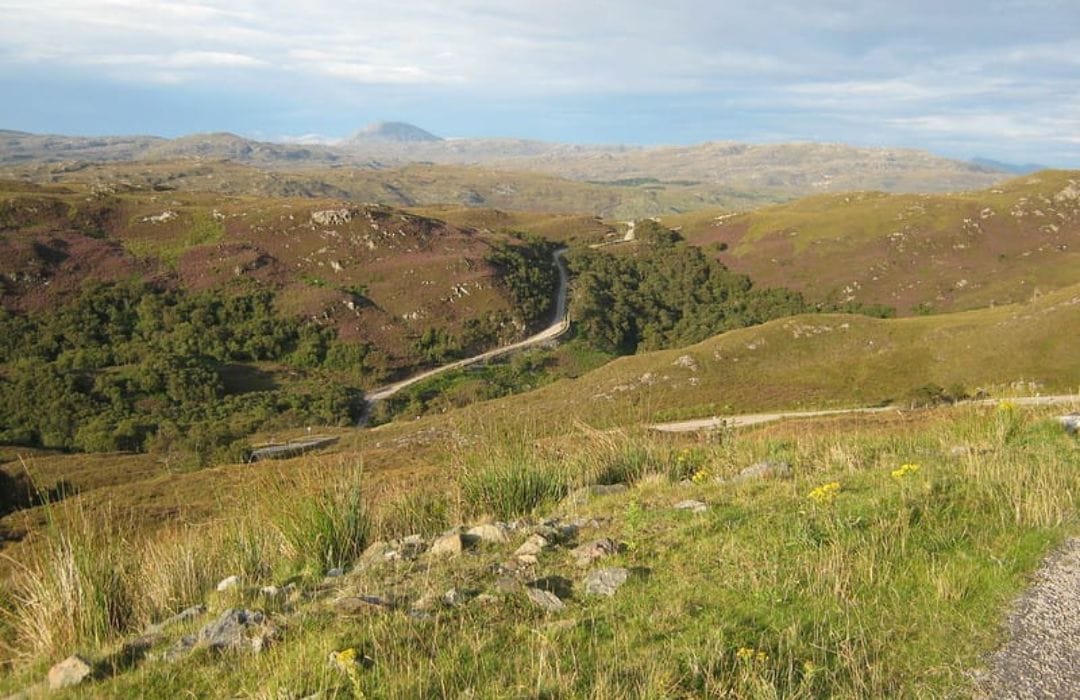
Other options are again to hitchhike or take a taxi.
Day 7 (Wednesday) Drumbeg-Ullapool
The Rapsons bus travels from Drumbeg to Ullapool Mon-Fri. The main route is Lochinver to Ullapool, but pick-ups are possible from Drumbeg/Achmelvich if requested by 1700 the previous day. It's an early start – the bus leaves Drumbeg at 0650.
Day 8 (Thursday) Ullapool to Gairloch
Here we have another bus that only runs once a week: the 707 Westerbus from Ullapool to Gairloch, which departs Ullapool at 1312 and arrives in Gairloch at 1500 on Thursdays only.

Spend the morning enjoying the harbour town of Ullapool, and finish the day with a delightful walk around the bay at Gairloch.
Day 9 (Friday) Gairloch to Shieldaig
Two buses run from Gairloch to Kinlochewe: the 700a on Tuesday & Sat, and the 711 on Wednesday.
If you want to get a bit further, it might be possible to board the 705 line, a school bus that runs once a day Monday-Friday. It's wise to check in advance. 1315 departure.
DMK Motors runs services between Annat and Shieldaig, which could also be an option. An alternative, inland route means staying on the Gairloch-Kinlochewe bus to Achnasheen, then taking a Scotrail train to Strathcarron, then coming back up to Annat using DMK Motors, though this misses out the stretch from Kinlochewe to Annat.
Day 10 (Saturday) Shieldaig to Applecross
The Lochcarron Garage service number 704 travels from Shieldaig up and around the stunning Applecross peninsula on Monday and Saturday. Depart 1715, arrive 1815. Book ahead. You will love the journey around this crinkled and hilly landscape, with near-constant views of the sea, and Skye on a clear day.
The Applecross Inn will give you a warm welcome and provide hot food and drinks.
Day 11 (Sunday) Bealach na Bà
This legendary road pass is the highest continuous road climb in the UK, going from sea level to over 2000 feet in under 4 miles. There is no public transport over the pass, but this section of the NC500 is not to be missed.
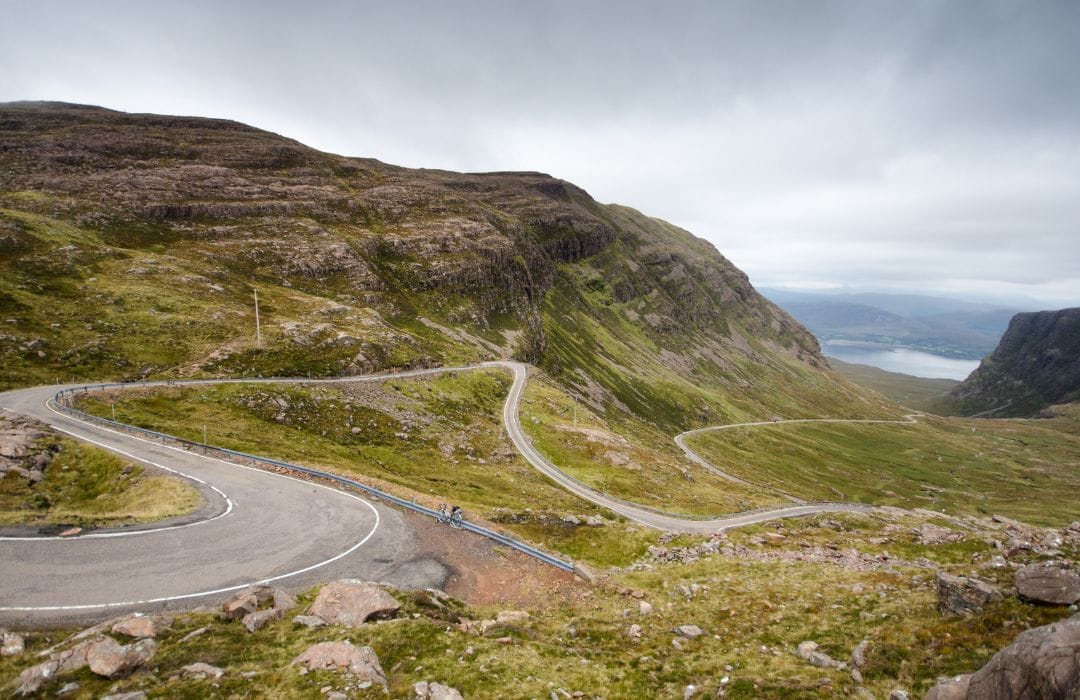
If you are prepared for a challenge, you will want to walk the 11-mile zig-zag road that takes you up to the top of the pass and down the other side. There's likely to be cloud cover at the top, but if not, you will have stupendous views across the Isle of Skye. The hard climb is worth the reward!
Hitch-hiking is also an option here.
Day 12 (Monday) Kishorn to Inverness
The 704 bus run by Lochcarron Garage goes all the way to Inverness, so you can pick up the second of its weekly services on the Monday, from the far side of the Bealach na Bà. The 704 picks up passengers from Kishorn shop at 0915 on Mondays and Saturdays, arriving back in Inverness at 1125.
From Strathcarron there's also the option to take a Scotrail service back to Inverness.
Once back in Inverness, take whichever route home you need to, completing your two-week adventure!
Mix with Walking or Cycling
If you enjoy walking or cycling, you can combine public transport with undertaking part of the route on foot or by bike.
There are many other parts of the route that lend themselves well to walking – not just the parts where the lack of public transport options might require this option! Some businesses offer luggage transfers which can help with carrying bags.
If you have access to a folding bicycle, it can open up a whole new way of experiencing the NC500. Most buses, coaches and trains accept folding bikes without a reservation, meaning you can hop on and off easily, expanding the areas that you can explore. Bicycles are also extremely useful in filling in the sections where there are no public transport options.
The NC500 is physically challenging by bicycle, with regular hills, and there can be a moderate amount of traffic, including camper vans and trucks. Be aware of your safety if you choose to explore the route by bike.
Final Thoughts
The north coast of Scotland is a special place. It deserves to be explored with care and respect. By choosing trains, buses, and ferries, you can have a great trip while helping to protect the area for future visitors.
The North Coast 500 by public transport is a challenge, but it is possible. It is peaceful, friendly, and full of surprises. With a bit of planning and an open mind, it might turn out to be one of the best trips you ever take.
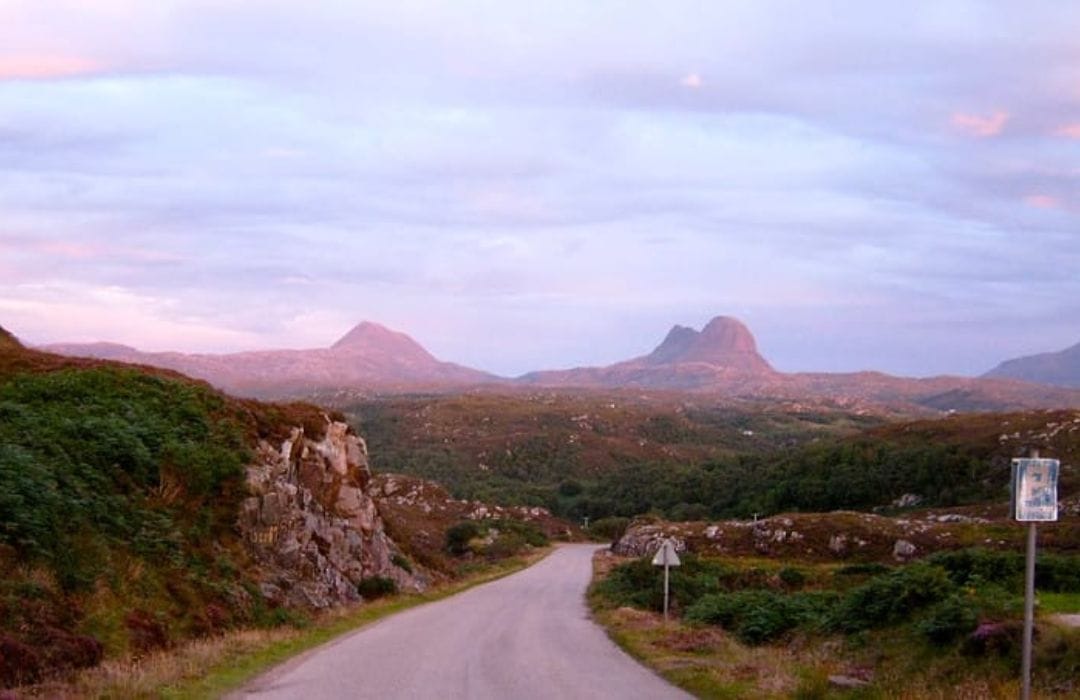
If you want the latest transport advice, drop an enquiry to publictransport500@gmail.com; we’ll try to help.
Thanks to Michael Willmot for the expertise and experience behind this article. Read about Michael's own journey around the North Coast 500 by public transport here.
